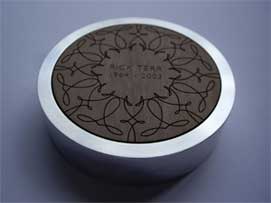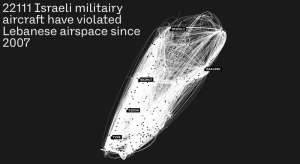In the past people would store the letters they sent each other in a box and they would order the family pictures in a photo album. After their death, their children would keep and browse through those remains to remember the moments with the deceased person. Today most of us don’t write letters anymore but exchange emails. What happens to the emails and other digital data when we die?

 Michele Gauler‘s graduation project at Interaction Design RCA is concerned with the role data plays when we remember deceased people. Digital Remains assumes a world in which our data is stored on the network creating digital archives of generations of people.
Michele Gauler‘s graduation project at Interaction Design RCA is concerned with the role data plays when we remember deceased people. Digital Remains assumes a world in which our data is stored on the network creating digital archives of generations of people.
Personal access keys are used to log on to the digital remains of a person and receive their data on our own digital devices. These keys, when placed next to a mobile phone, MP3 player or computer, establish a bluetooth connection with the device and trigger a remote log-on to the digital remains of the deceased person they are linked to, allowing a person to access the dead person’s data. Based on data tags and meta data, search algorithms dig through a deceased person’s data, presenting the content that is most likely relevant to us. For instance, a photograph from a holiday we spent with the person 10 years ago, or the person’s favourite piece of music which they typically listened to while writing e-mails. The system may bring up emails the deceased read and re-read or it might suggest their own particular way of moving around the keyboard, of naming files and structuring folders. Someone who’s not a close relative, for example, would get only a partial access to the deceased’s data and anything you don’t want others to know of would become crypted after your death.
Michele Gauler’s project suggests a way to evoke the presence of the dead person in a very unique way. New forms of technology might engender new ways of mourning.
The project page has three video scenarios







